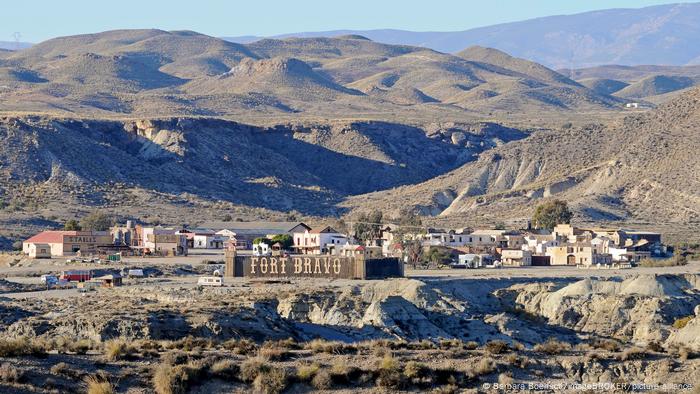
A court in Georgia has ruled against a group of landlords seeking to lift the Center for Disease Control and Prevention's eviction ban. Photo by John Angelillo/UPI | License Photo
July 15 (UPI) -- An appeals court in Georgia has ruled against a group of landlords seeking a preliminary injunction against the Centers for Disease Control and Prevention's temporary moratorium on evictions as they failed to prove that the measure imposed amid the coronavirus pandemic will cause them irreparable harm.
"We fail to see how the temporary inability to reclaim rental properties constitutes an irreparable injury," the three-judge panel of the 11th Circuit Court of Appeals said in their ruling on Wednesday.
The judges ruled 2-1 against the National Apartment Association and several landlords who had requested the court to lift the CDC's measure preventing them from evicting non-paying tenants.
The moratorium was first put in place under the CARES Act at the end of March of last year, which the CDC extended in September, attracting the lawsuit filed by the New Civil Liberties Alliance on behalf of the landlords days later.
The moratorium has been extended several times since, with the White House in June keeping it in place until July 31, saying it was extending the ban "for one final month."
The landlords had been earlier denied the injunction by a district court and had filed an appeal.
The CDC's order does not relieve tenants from their rent-paying obligations but only denies the landlords for evicting them while the order is in place. However, the plaintiffs had sought the injunction on the grounds that the order was unconstitutional, that they were being denied access to their property and that they would never recover the rent owed to them as the tenants were insolvent.
The court ruled that none of these injuries satisfy the strict irreparable harm standard.
Concerning the measure being unconstitutional, the court said there is no precedent for that finding but there is precedent to support the government's position.
The court also said ejecting someone from a property is irreparable harm but "we fail to see how the temporary inability to reclaim rental properties constitutes irreparable injury."
On the third claim, the plaintiffs offered as evidence documents signed by their tenants that said they couldn't afford their rent due to substantial loss of household income caused by a reduction in hours, layoffs and medical expenses.
The court said the plaintiffs' evidence was "flimsy" as the documents only speak to their tenants' current situation and not about their ability to pay in the future.
"These attestations certainly show that the tenants could not afford their rent at the time they were signed. But they paint a hazy picture -- at best -- of any given tenant's ability to pay later," the court said in its 97-page opinion. "The declaration sheds little light on, among other things, a tenant's educational background, employment history, criminal history, credit history or rental payment history -- factors that would be probative of a tenant's ability to pay after the moratorium is lifted."
The New Civil Liberties Alliance rejected the court's decision as a denial of justice and was setting a dangerous precedent.
"It is unfathomable that the harm suffered by NCLA's landlord clients and caused by CDC's unlawful actions does not count as 'irreparable,' especially when at least a majority of the court appears to believe CDC lacked statutory authority to do what it did," Mark Chenoweth, executive director and general counsel at NCLA, said in a statement.
In a dissenting opinion, former President Donald Trump-appointee Judge Elizabeth Branch said there is nothing to support that Congress had intended to give the CDC "sweeping authority" over the national rental market.
She also disagreed with the majority's opinion concerning the landlords' stance that they will not receive rent owed to them in the future.
"Because the landlords have demonstrated that their tenants are insolvent and that a future money judgement is not likely to be collectable, the landlords have demonstrated that they face an irreparable injury absent an injunction," she said.
She also said the government has failed to show "that allowing a handful of evictions to go forward would cause any loss of life, let alone the massive loss of life it has claimed could happen if the order is invalidate nationwide."
Several similar lawsuit have been filed throughout the nation, with the Supreme Court ruling late last month against the Alabama Association of Realtors who had petitioned to lift the CDC eviction ban.









